From Celluloid to Silk: How Muzaffar Ali's Films Shaped the Soul of Kotwara
- Team Kotwara

- Oct 30
- 4 min read
Nami danam chi manzil bood shab jai ki man boodam, Baharsu raqs-e-bismil bood shab jaai ki man boodam. I know not what abode it was, the place where I was last night, All around me were the dances of the sacrificed, the place where I was last night. - Amir Khusrau
Before House of Kotwara was a celebrated name in heritage fashion, our soul was being meticulously woven on the silver screen.
Our journey of is inextricably and deeply linked to the singular cinematic vision of our co-founder Muzaffar Ali.
For us the relationship between film and fashion is profound as Muzaffar Ali puts it,
Cinema creates clothes in the truest sense - Muzaffar Ali
This creation is not about merchandise or brand extensions, but about the birth of an aesthetic philosophy and the first breath of a cultural revival.
Muzaffar Ali's films - Umrao Jaan, Anjuman, Zooni, Gaman - didn't just tell stories; they created entire worlds, rich in texture, poetry, history, and a distinct visual language.
These cinematic universes went on to inform the very DNA of House of Kotwara's design philosophy, dressing not just the characters, but entire histories that continue to live on through the brand.
Muzaffar Ali's Umrao Jaan (1981): The Muse in White and the Birth of an Aesthetic
Among all of Muzaffar Ali's films, Umrao Jaan stands as the most iconic and visually influential inspiration for us at House of Kotwara.
Its impact, however, extends far beyond, having shaped the grander fashion landscape in India and beyond. This lyrical, haunting journey through the life of a 19th-century Lucknow courtesan is remembered not only for its soul-stirring music and legendary performances but for its unforgettable and deeply refined visual aesthetic.
One costume, in particular, left an indelible mark on the world of Indian fashion: the iconic white peshwaz worn by Rekha in her role as Umrao.
Crafted with the most delicate Kaamdaani and Zardozi embroidery, the garment was ethereal in its elegance and powerful in its restraint. It was flowing, pure, and poetic, embodying a silhouette that seemed to defy the passage of time.
This single, masterfully designed costume became part of the inspirational visual blueprint for many of our later designs at House of Kotwara.
It established a core language of simple, flowing lines enriched with intricate, exquisitely hand-done details. Furthermore, the film's aesthetic cemented Chikankari, the delicate art of white-on-white embroidery native to Lucknow, as a signature element of the brand, celebrated for its unique ability to express silence, grace, and poetry - all essential qualities in House of Kotwara's vocabulary.
Anjuman (1986): A Social Commentary Woven in Chikankari brought to life by Muzaffar Ali
If Umrao Jaan helped establish House of Kotwara's aesthetic soul, then Anjuman laid the groundwork for our social conscience.

This 1986 film is a lyrical and critical portrait of Lucknow’s fading cultural heritage, and at its very center lies the subtle yet powerful presence of Chikankari embroidery.
In Anjuman, Chikankari is not just a beautiful backdrop; it is potent social commentary.

The film delicately and powerfully portrays the lives of women artisans who, while creating breathtaking beauty with just a needle and thread, are often entangled in oppressive systems of economic and emotional exploitation.
The embroidery itself becomes deeply symbolic, representing both the grace and endurance of these women, but also their invisible labor, where their immense artistry is frequently overshadowed and undervalued.

Through the film's narrative, Muzaffar Ali critiques the harsh commodification of handwork and highlights the extreme fragility of craft livelihoods in the face of industrialization and social neglect.

Anjuman marked a pivotal point of transition for its creator, from being a filmmaker to becoming a dedicated cultural revivalist.

The deep concern for disappearing crafts and the passionate advocacy for the dignity of artisans, so central to the film, became foundational themes in the creation of the House of Kotwara.
Gaman (1978): The Pain of Migration and the Return to Roots
Muzaffar Ali’s debut film, Gaman, explored the profound sense of longing and alienation experienced by Ghulam Hasan, a man who migrates from his village in Uttar Pradesh to the unforgiving city of Bombay.

Through its haunting imagery and lyrical silence, the film painted a stark, unforgettable portrait of displacement.

While seemingly distant from the world of high fashion, Gaman's ethos became a cornerstone of our philosophy at House of Kotwara.
The film’s slow, observant attention to the unseen and its deep honoring of everyday people directly shaped the brand's approach.
If Gaman revealed the deep alienation of those displaced by necessity, Kotwara would become the answer—a tangible, actionable return to roots. It would be a place where heritage wasn’t just romanticized, but actively rebuilt, stitch by stitch, by those who had lived it.

It was on the set of this film that the pivotal question was posed to Ali, “Why do you not do something for the people?” - a question by actress Smita Patil, that would directly inspire House of Kotwara's Dwar Pe Rozi initiative...





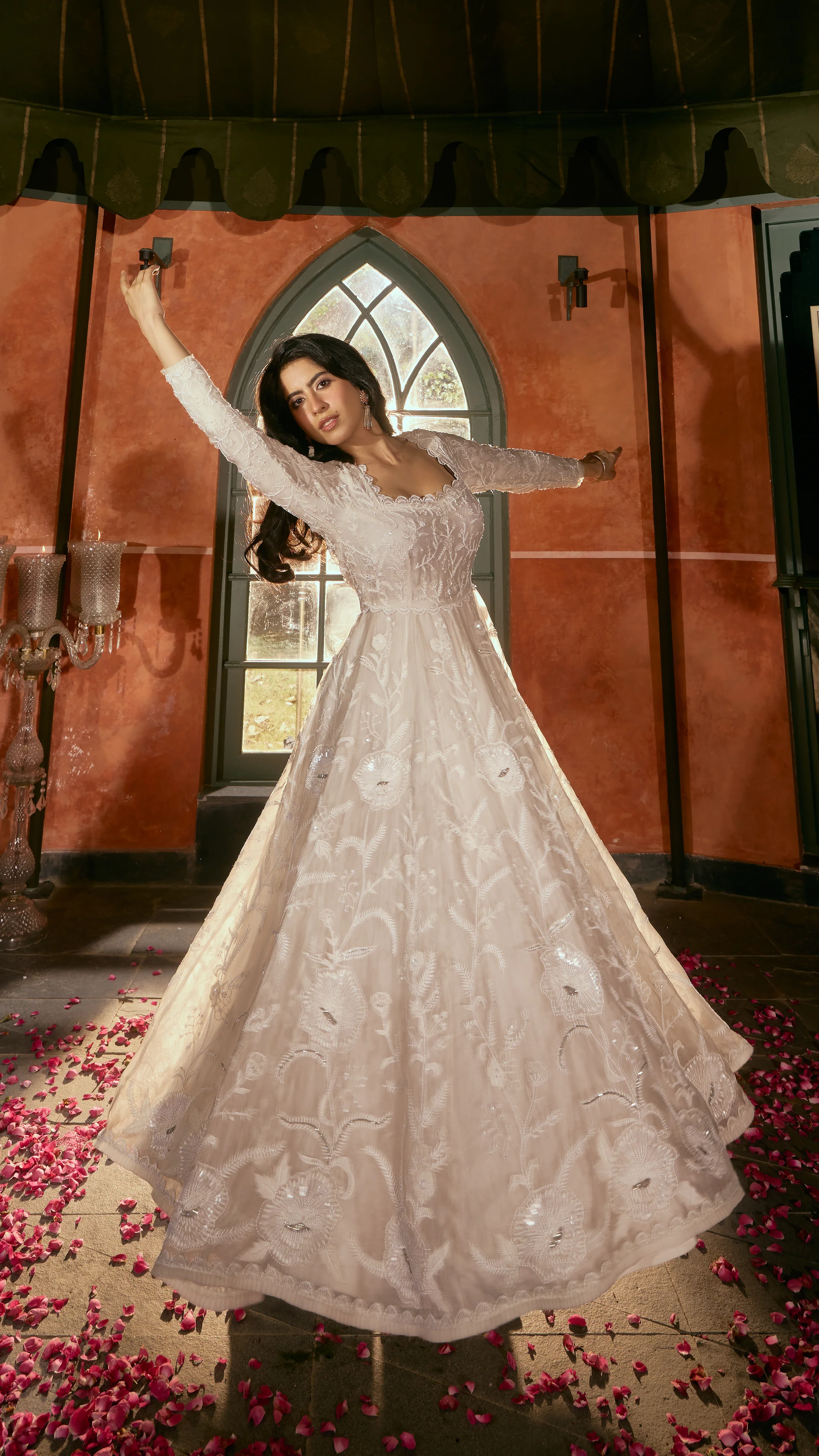

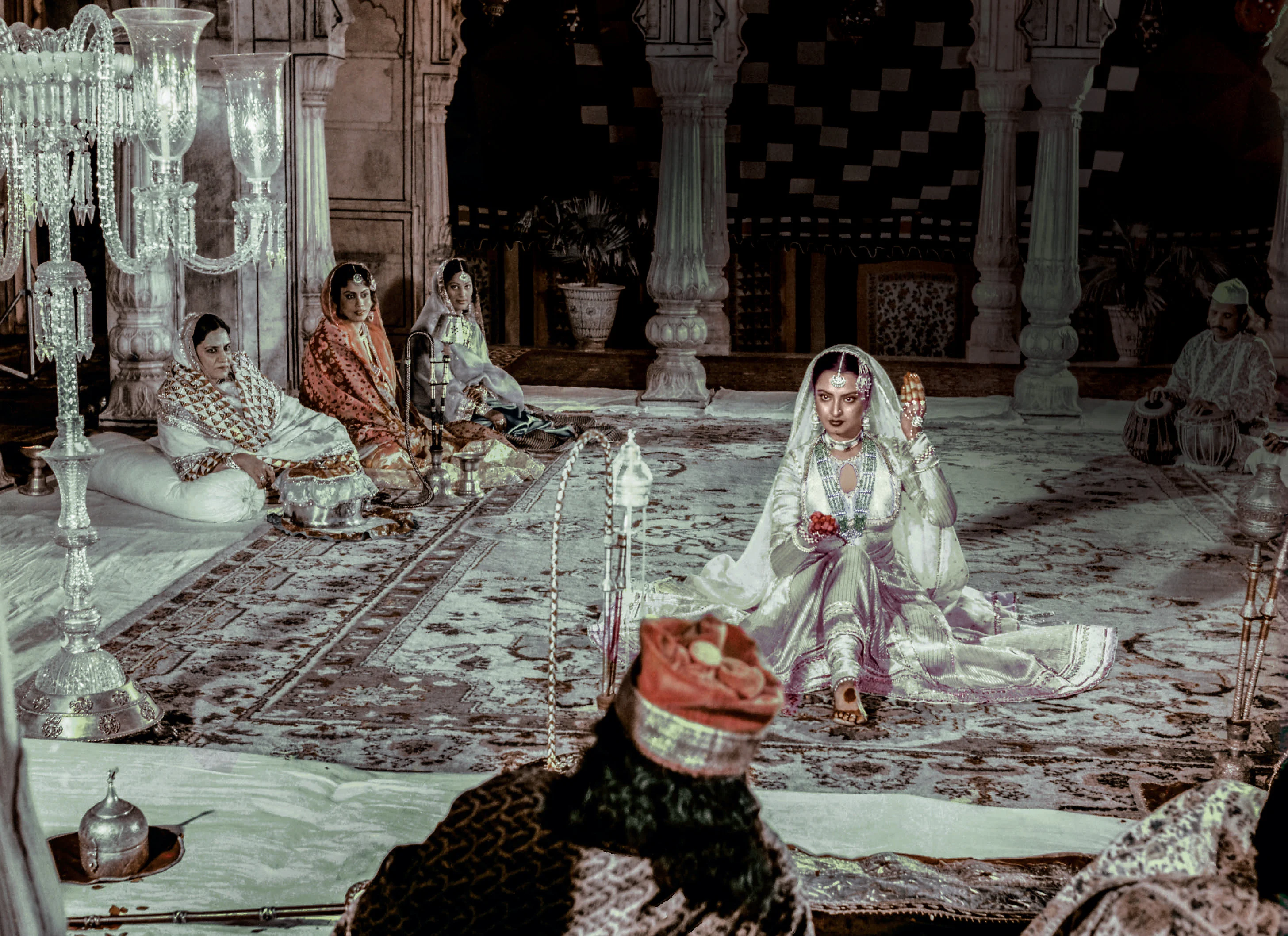
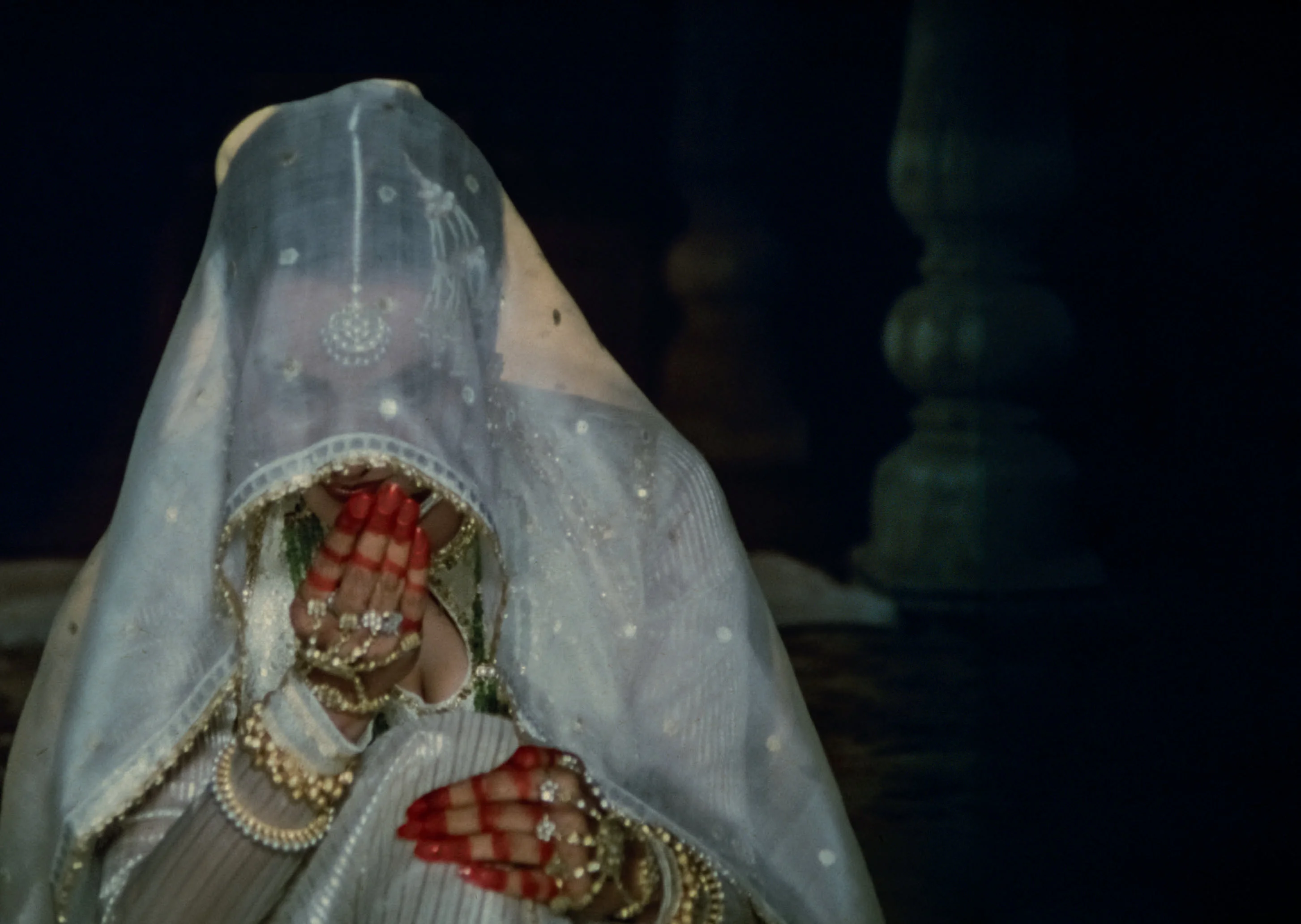
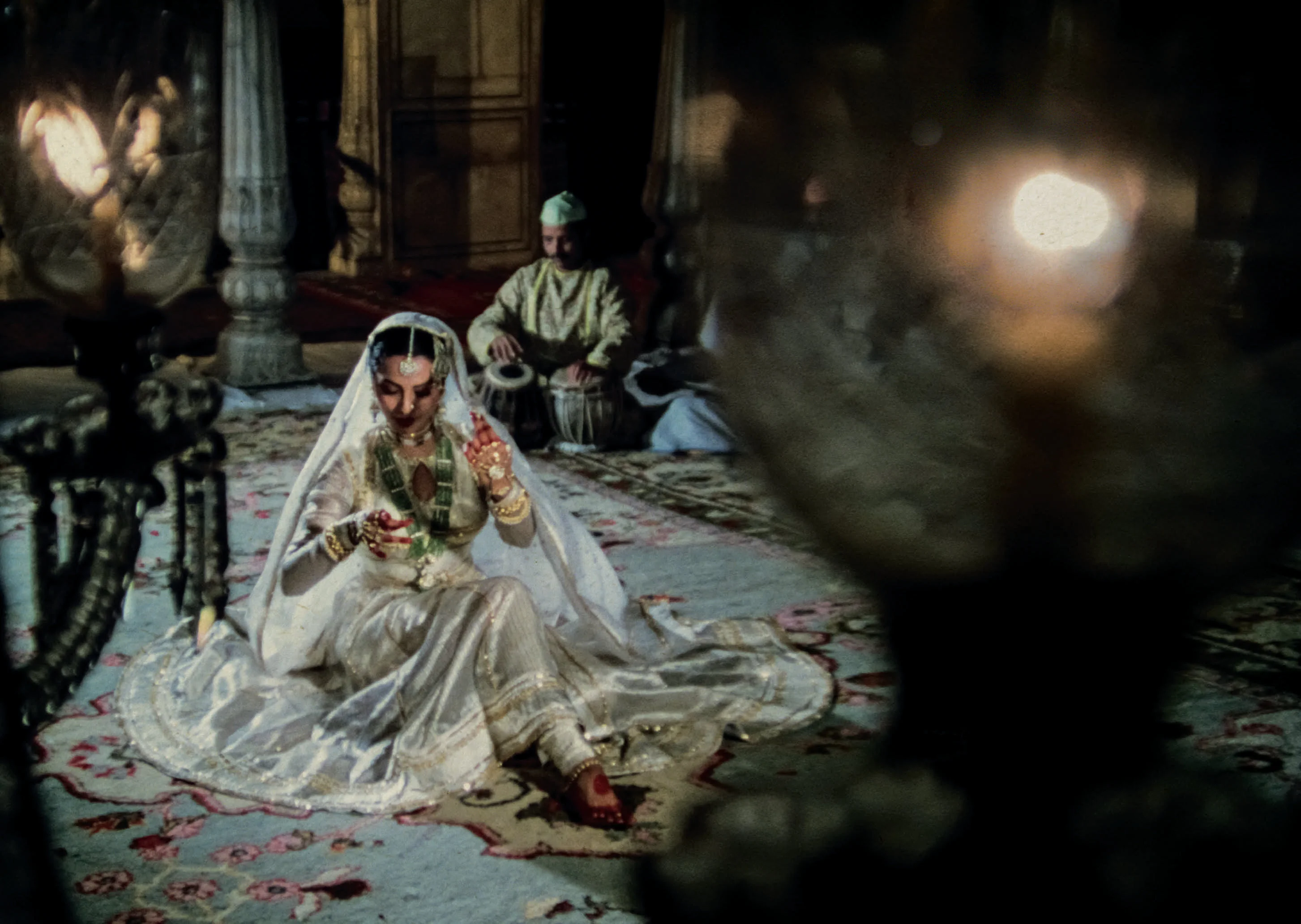
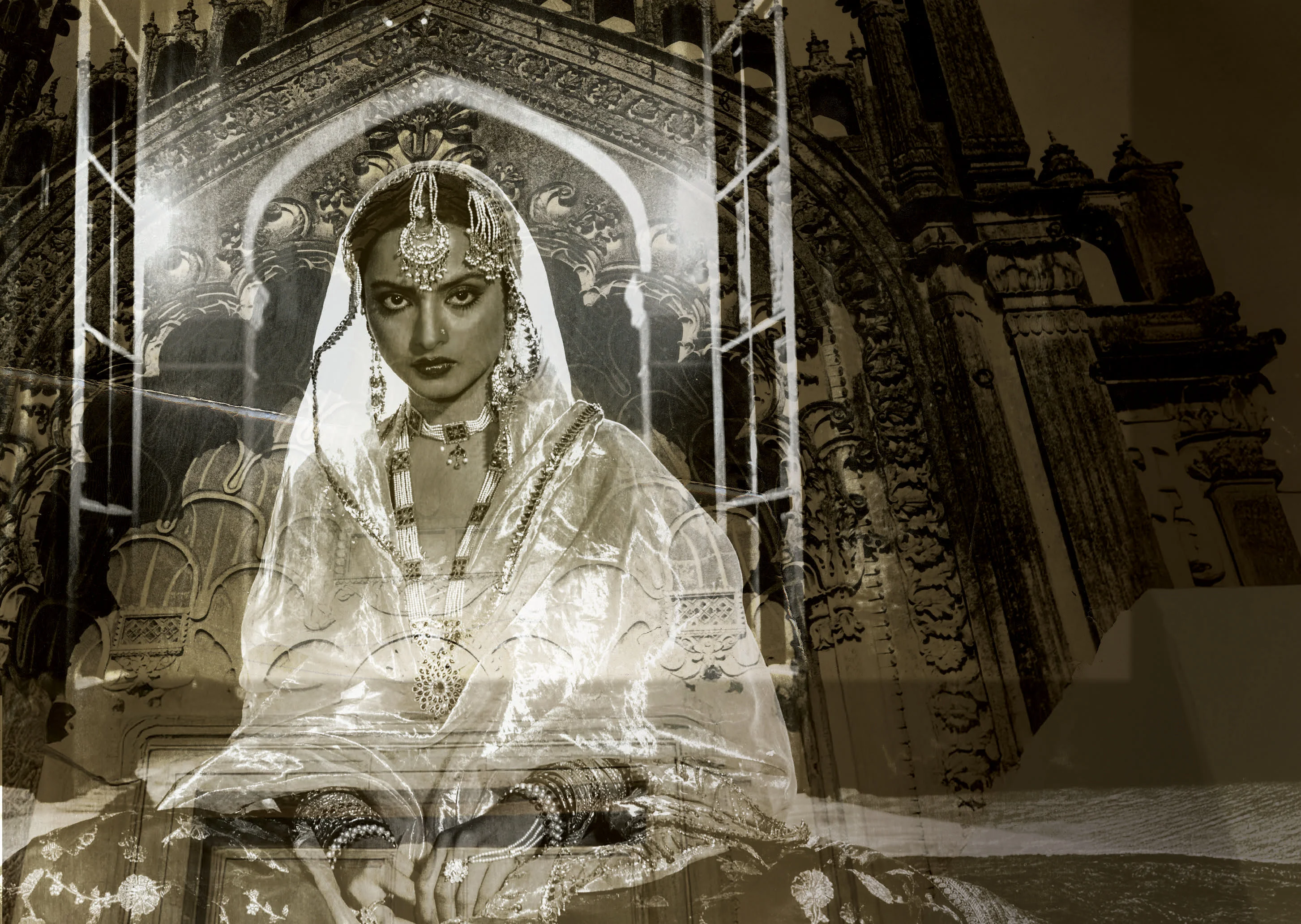








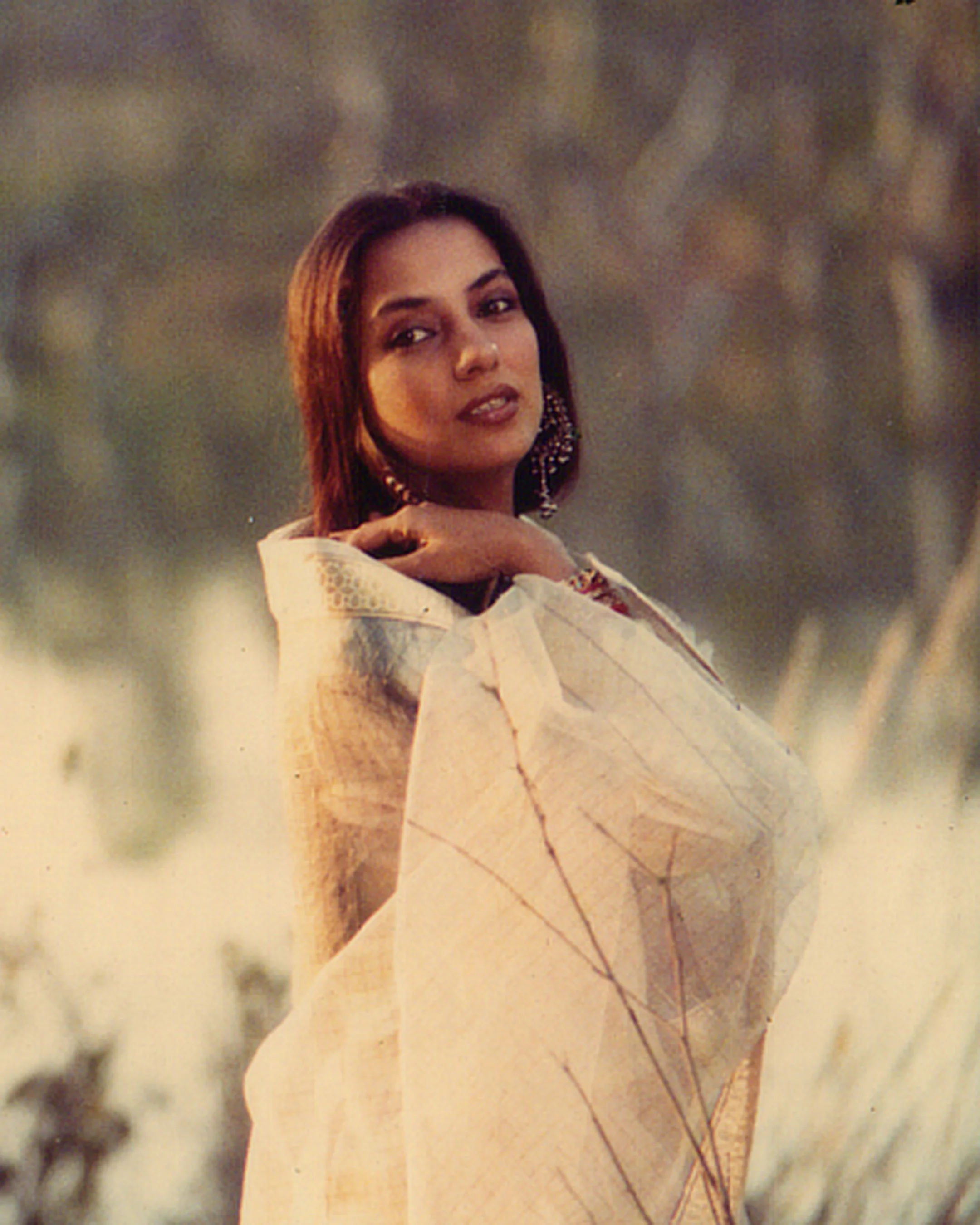
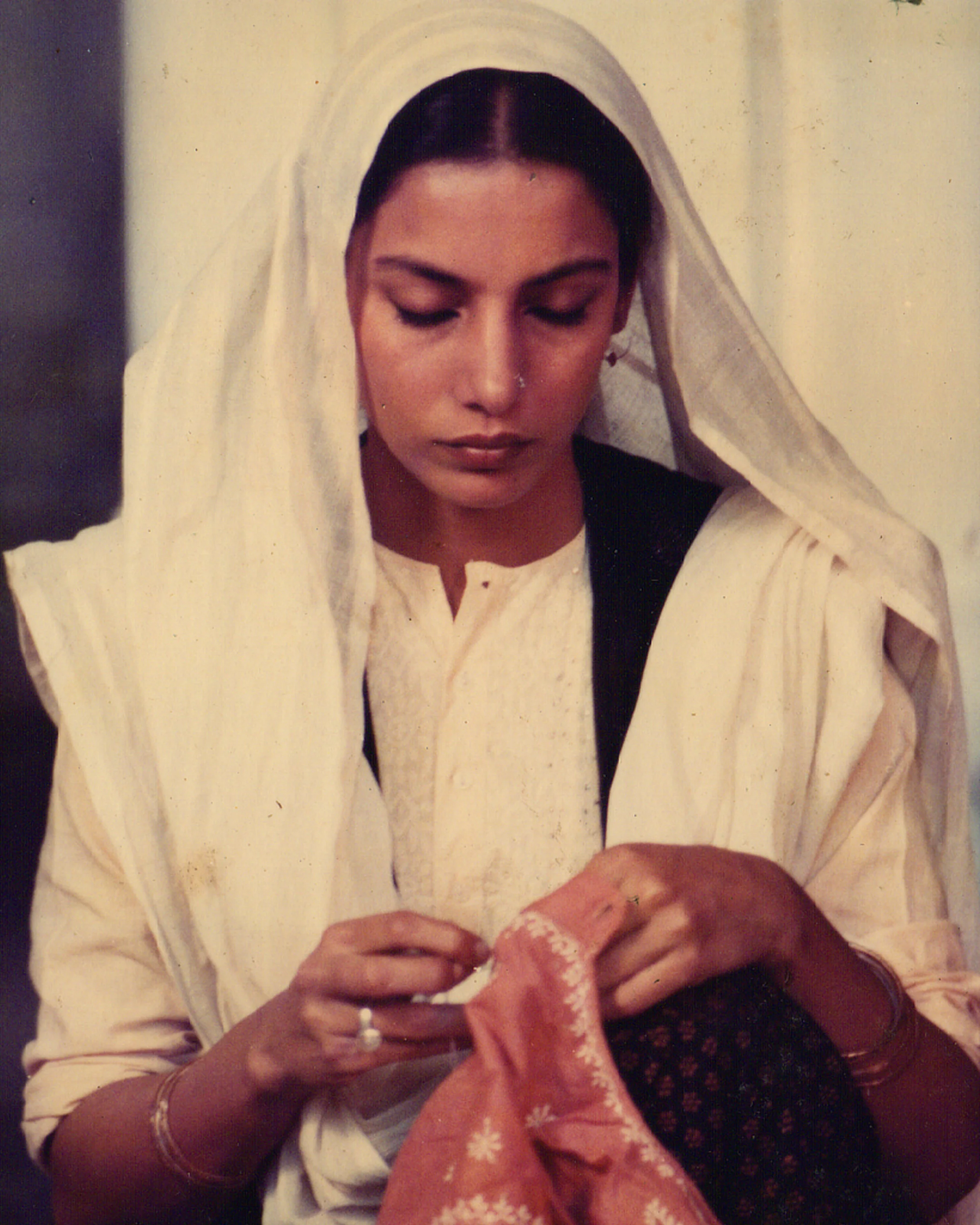

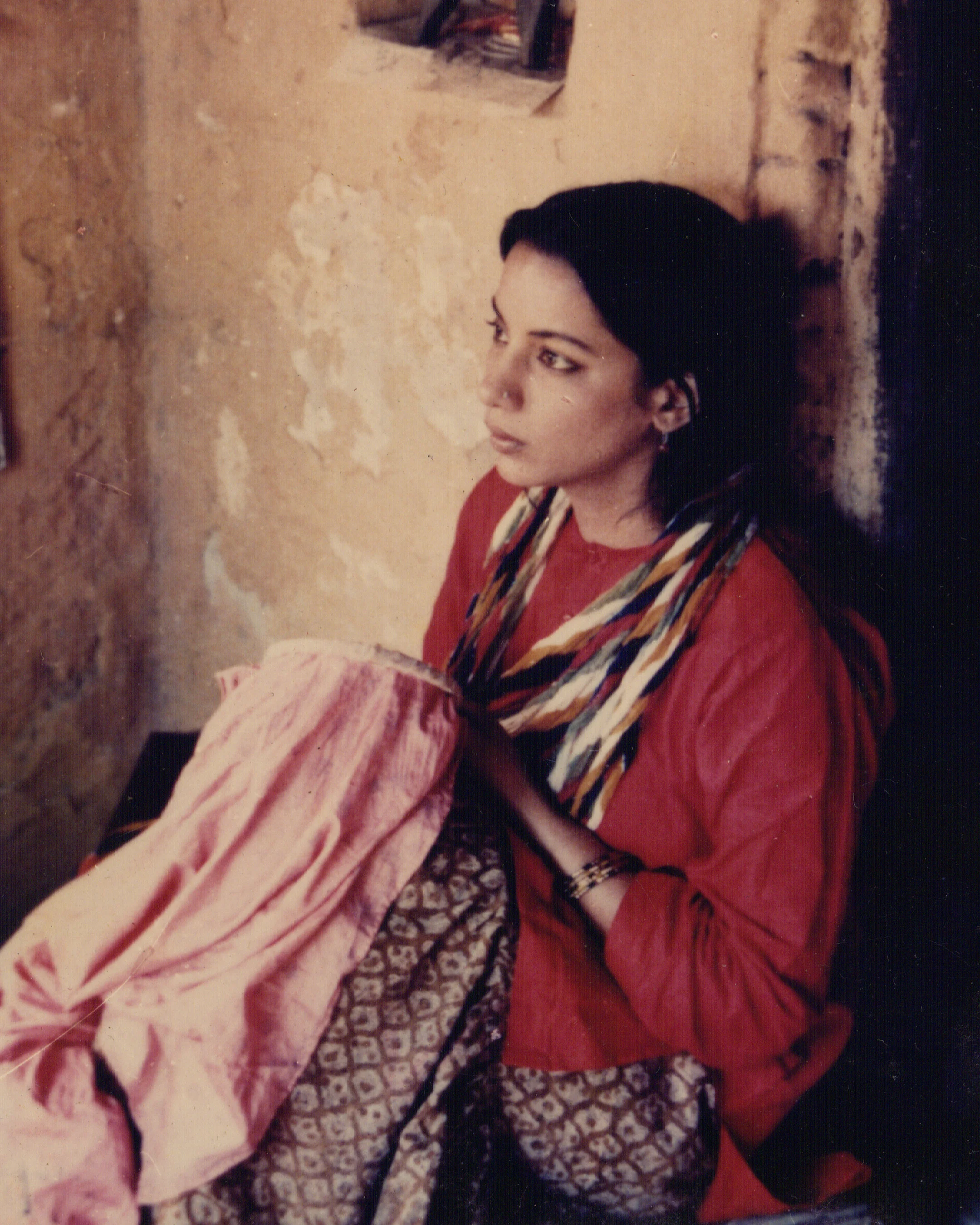
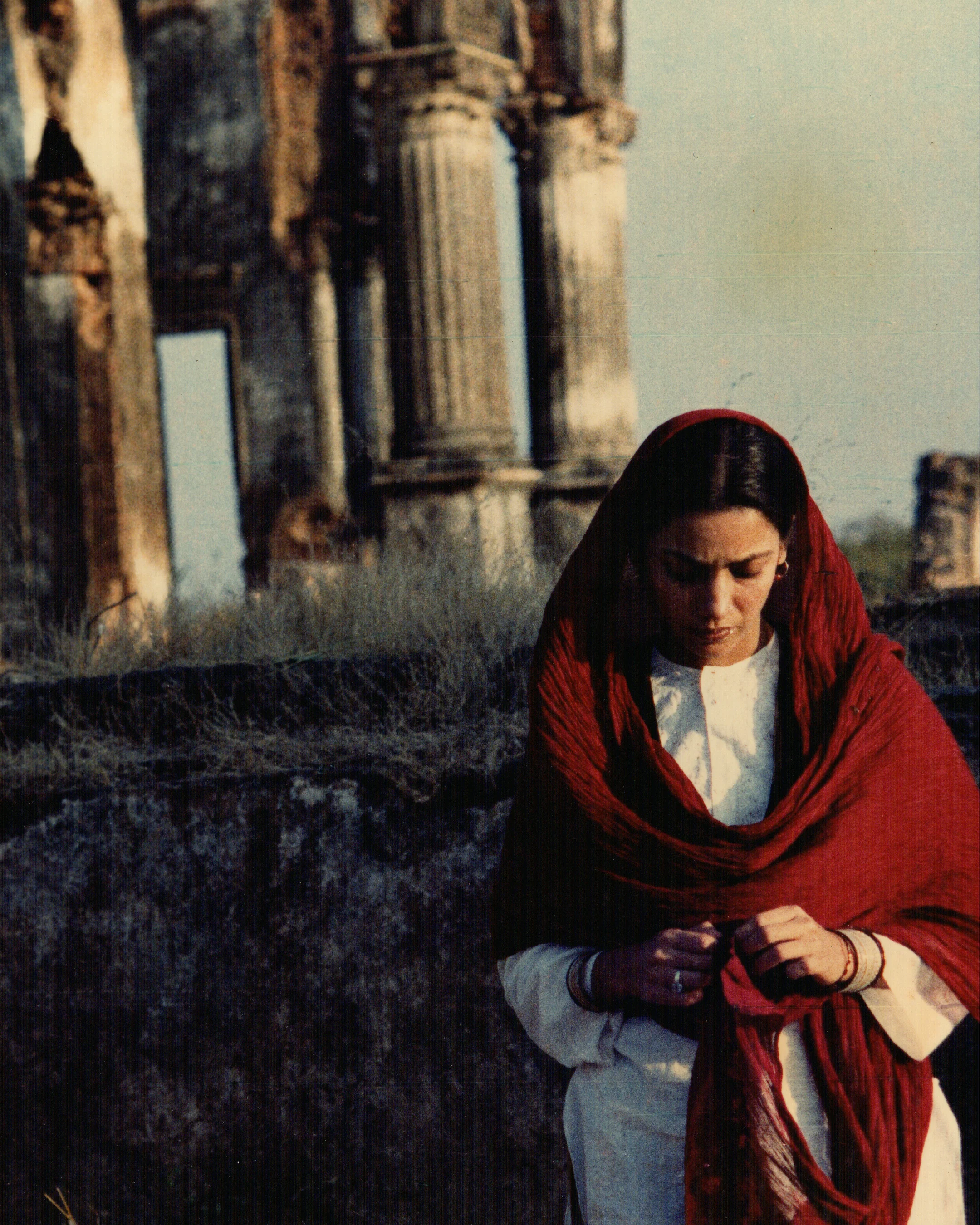

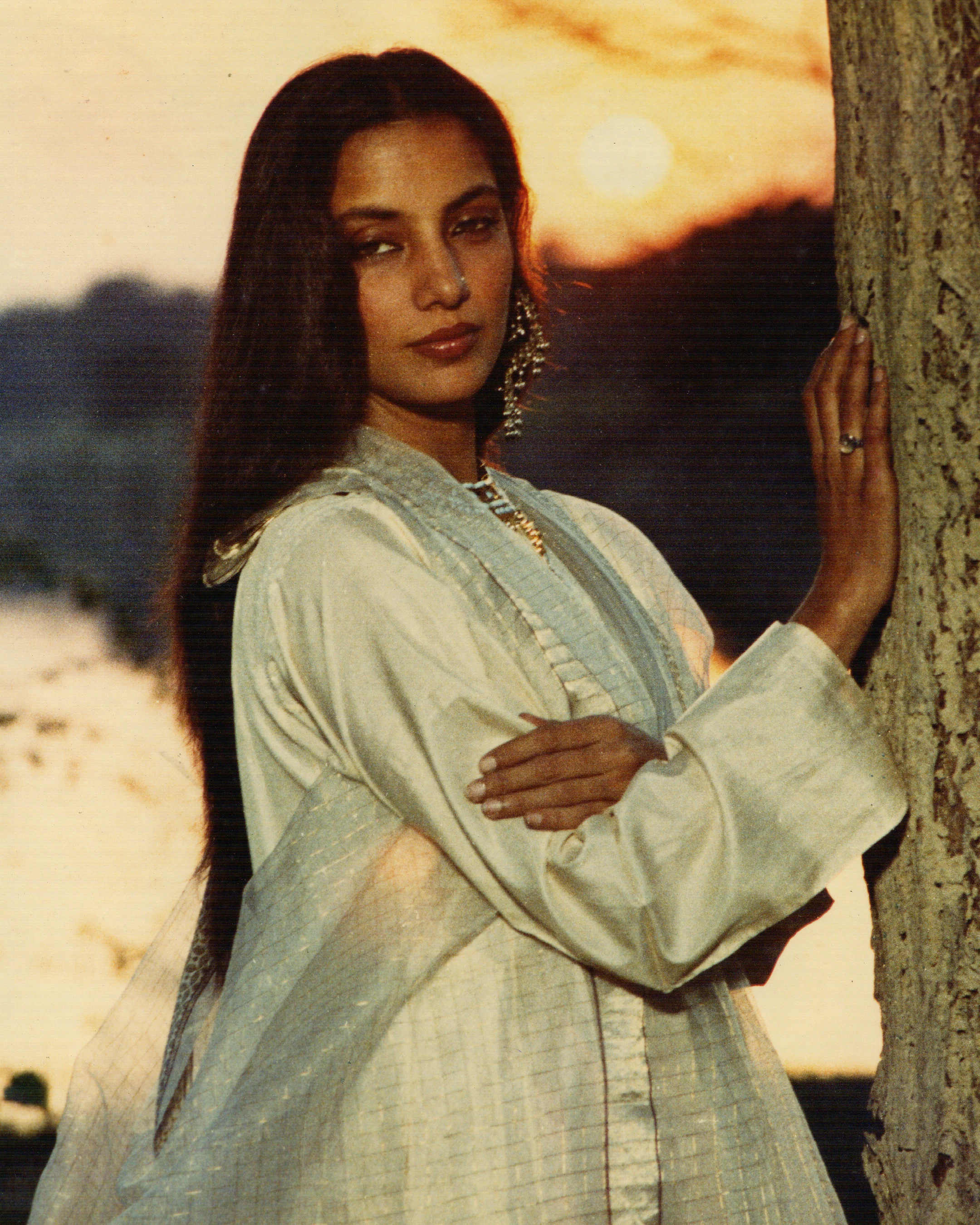




























Comments